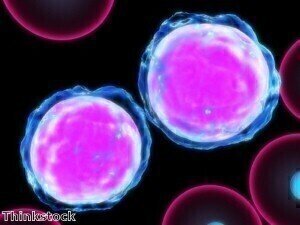Microscopy & Microtechniques
Pannexin1 found to restore tight binding of cells
Jan 30 2012
A novel 'scaffold-free' 3-D system has been used to determine the role of Pannexin1 in binding cells, a process that is lost in cancer.
The researchers, from Brown University, found that protein Pannexin1 could have an important biomechanical role in binding tissues together. The protein is already known to have tumour-suppressive properties, and this new research suggest that it could have a decisive role in the progression of the disease.
First author and Brown University M.D./Ph.D. student Brian Bao, commented that: "In healthy tissues, the recently discovered protein Pannexin1 may be playing an important role in upholding the mechanical integrity of the tissue.
"When we develop cancer, we lose Pannexin1 and we lose this integrity."
The researchers used a “3-D Petri dish” technology that has been found to be an effective way of monitoring how cells interact with each other. This form of research also eliminates concern over additional interactions with surrounding scaffolding or the culture plate itself.
The treating properties of Pannexin1 has been linked with many illnesses, with recent research finding that targeting Pannexin1 can improve a seizure outcome.
Posted by Ben Evans
Digital Edition
Lab Asia 31.2 April 2024
April 2024
In This Edition Chromatography Articles - Approaches to troubleshooting an SPE method for the analysis of oligonucleotides (pt i) - High-precision liquid flow processes demand full fluidic c...
View all digital editions
Events
May 21 2024 Lagos, Nigeria
May 22 2024 Basel, Switzerland
Scientific Laboratory Show & Conference 2024
May 22 2024 Nottingham, UK
May 23 2024 Beijing, China
May 28 2024 Tel Aviv, Israel







.jpg)










